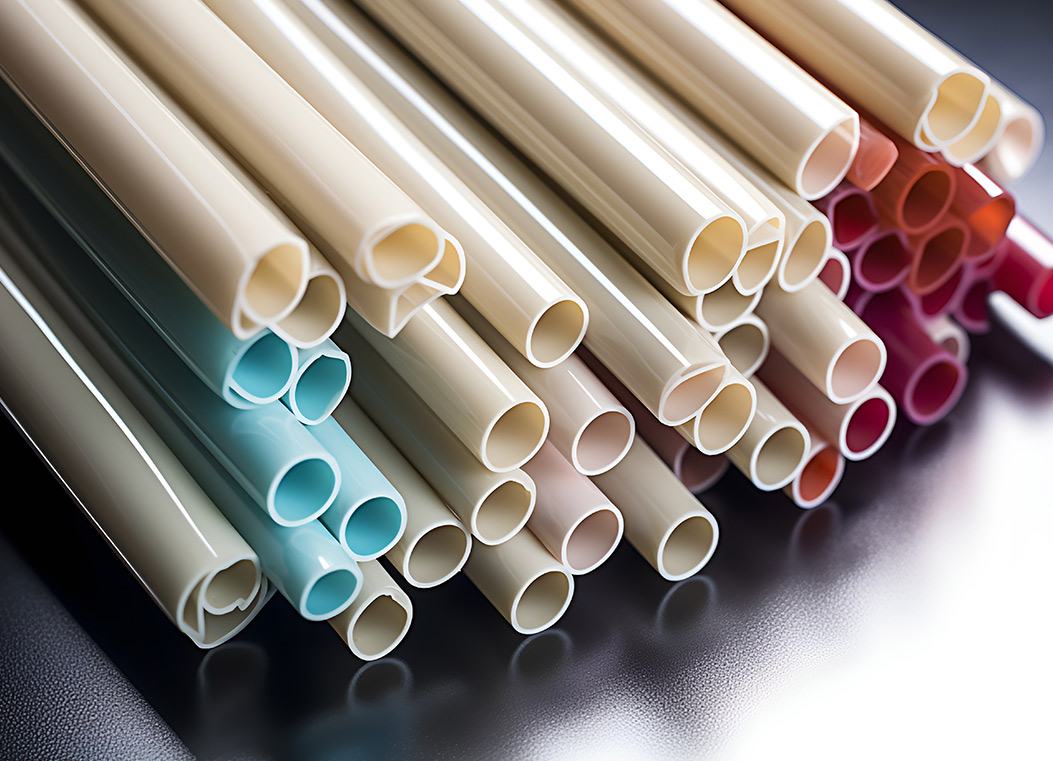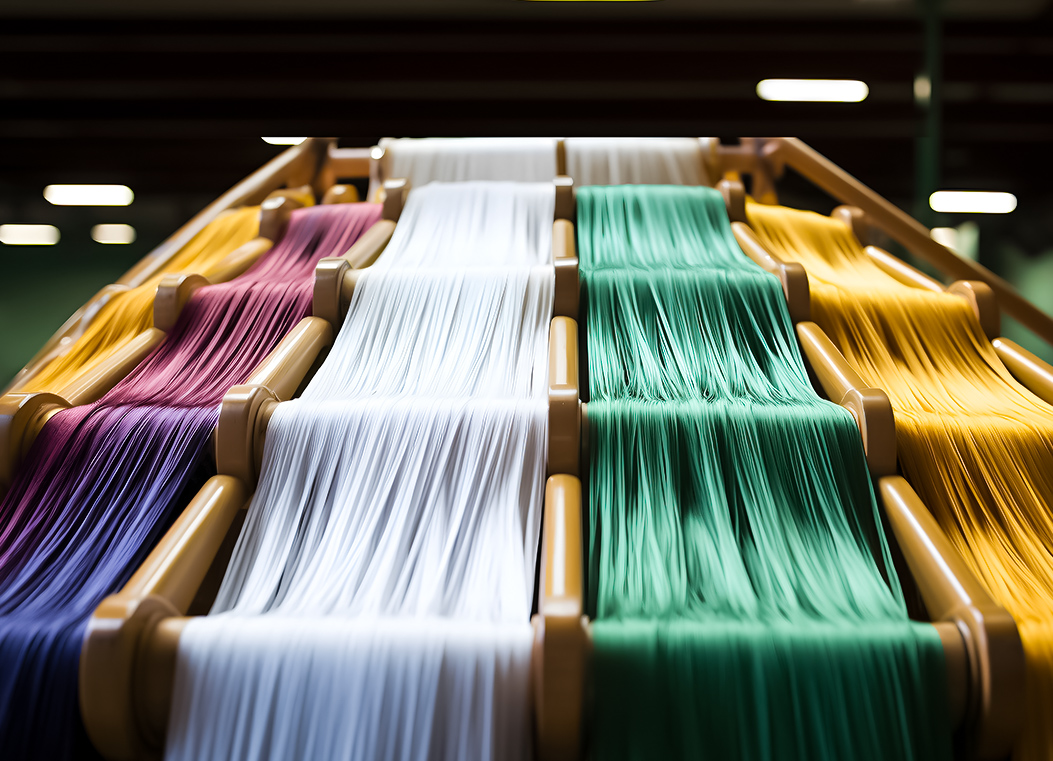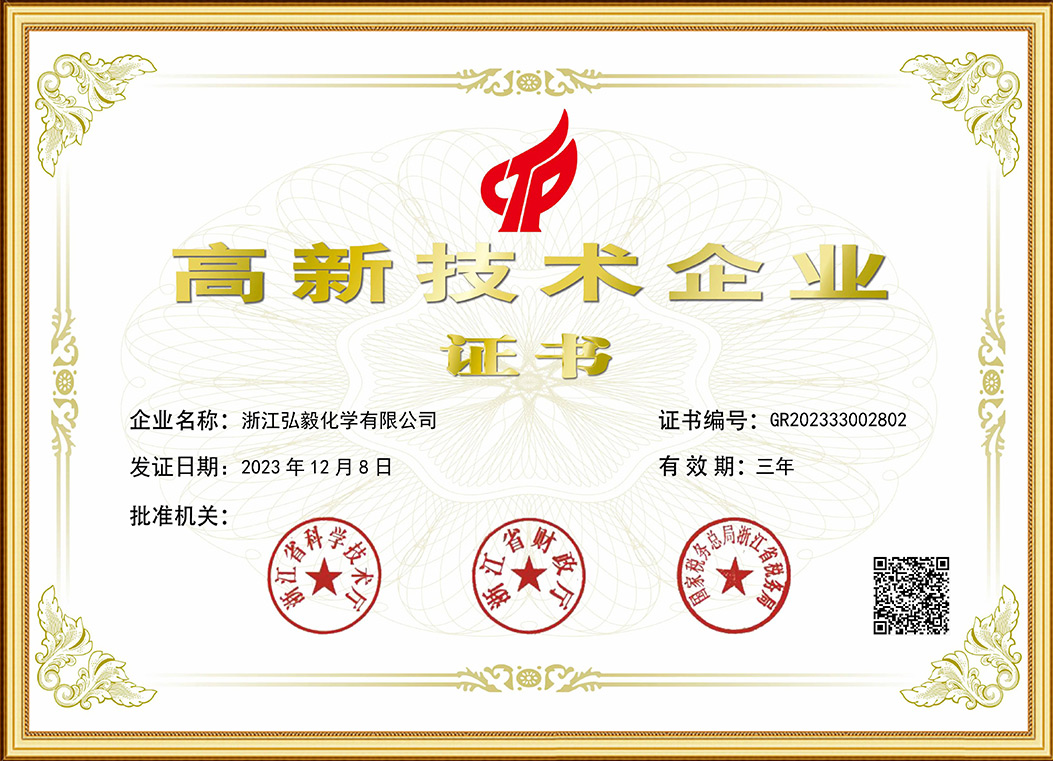When discussing textile finishing, two important terms that frequently arise are Optical Brightener Powder and Optical Brightener KCB. These additives are widely used in the processing of natural and synthetic fibers, particularly when achieving brightness and clarity in fabrics such as silk and wool. One example of a practical product in this category is the optical brightener NFW/NFW-L, which is specifically formulated to improve the appearance of fibers after bleaching and dyeing treatments.
The Role of Optical Brighteners in Silk and Wool Finishing
Silk and wool are natural fibers valued for their softness, luster, and durability. However, their natural coloration and the impact of processing steps such as bleaching can sometimes leave fabrics with a slightly dull or yellowish tone. Optical brighteners like NFW/NFW-L address this issue by absorbing ultraviolet light and re-emitting it as visible blue light, creating a visual effect that makes fabrics appear whiter and brighter. Unlike pigments, these brighteners do not add color themselves but modify the way light is reflected from the fibers.
For wool and silk in particular, the treatment process typically follows peroxide bleaching and reduction bleaching. At this stage, the addition of an optical brightener ensures that any residual yellowish tint is neutralized. The recommended dosage is 0.1–0.3% on the weight of fabric, with the bath adjusted to a pH of 4–6 using acetic acid. Treatment temperatures range from 60°C to 100°C, with immersion times between 20 and 60 minutes. These parameters help the brightener penetrate the fibers effectively while preserving the natural qualities of wool and silk.

Application in Nylon and Cotton
While the focus is often on protein fibers, optical brightener NFW/NFW-L also demonstrates effectiveness on nylon. In these cases, the treatment is applied after reduction bleaching. The typical dosage is 0.1–0.5% by weight of fabric, combined with 2–5 g/L of sodium sulfate. The bath ratio is set at 1:10–20, with treatment temperatures between 80°C and 100°C for 30–60 minutes. This method ensures good affinity and stable brightness on nylon fabrics.
Cotton, being a cellulosic fiber, responds differently. The effect of NFW/NFW-L on cotton is more limited compared to silk, wool, and nylon. This difference is due to the fiber’s structure and its interaction with optical brighteners. Manufacturers considering its use on cotton should take into account that the whitening effect may not be as strong as with protein-based or polyamide fibers.
Sensitivity to Temperature and Electrolytes
A critical aspect of working with optical brighteners is their sensitivity to processing conditions. Both the temperature and electrolyte content of the dye bath significantly influence the affinity of the product to the fabric. For example, insufficient control of these parameters may result in uneven whitening or reduced brightness. Careful monitoring of bath composition and heating ensures more consistent and predictable results, which is especially important in industrial-scale dyeing operations.
Practical Considerations for Solubility and Preparation
The preparation of NFW/NFW-L for use in textile finishing is straightforward, as the agent demonstrates good water solubility. Only a small amount of warm water is required to dissolve it completely before adding it to the dye bath.
The ease of solubility also helps maintain even distribution throughout the bath, reducing the risk of streaking or uneven whitening.
Compatibility with Acid Dyes
When adjusting fabric shades, particularly in silk and wool processing, optical brighteners can be used alongside acid dyes. This compatibility allows textile finishers to not only enhance brightness but also refine the color balance of their fabrics. By carefully selecting the right acid dyes, manufacturers can achieve a harmonious combination of depth and brightness in the final textile appearance.
Considerations During Washing and Further Processing
In certain cases, treated fabrics may undergo high-temperature washing. This step can reduce the brightness achieved during finishing unless electrolytes are added to stabilize the whitening effect. Manufacturers often introduce controlled amounts of electrolytes during the washing stage to maintain the visual benefits provided by the optical brightener.
Another factor to consider is the use of sodium chlorite bleaching in later processing stages. Sodium chlorite has the ability to remove optical brighteners from cellulose and nylon fabrics. Depending on the production requirements, this property may be useful for preparing fabrics for re-treatment or alternative finishing processes. However, when the goal is to preserve the whitening effect, avoiding sodium chlorite treatment is recommended.
Practical Impact on Textile Quality
The introduction of optical brighteners such as NFW/NFW-L provides a valuable tool for enhancing the appearance of natural fibers like silk and wool. By carefully managing dosage, bath conditions, and compatibility with dyes, manufacturers can achieve fabrics that display a brighter, cleaner, and more visually appealing finish. Beyond aesthetics, the use of these agents supports the broader objective of producing textiles that meet consumer expectations in both look and quality.

 EN
EN 中文
中文 ES
ES




.jpg)












